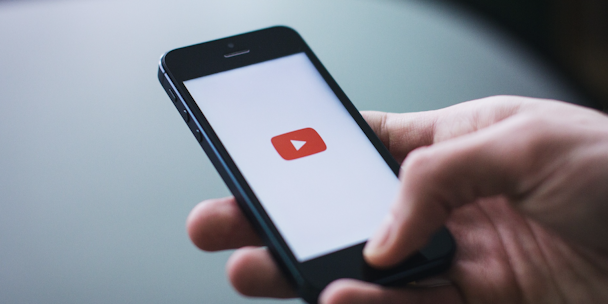Brand Safety: The importance of quality media, fake news and staying vigilant
Recent issues have seen advertisers accused of directly funding, or at minimum not taking sufficient responsibility to avoid funding, socially damaging content including fake news, gang violence and terrorism. No brand plans for their carefully budgeted and planned advertising investment to support such content.

youtube's mobile site
Contextual brand safety is clearly a subjective issue which remains a challenge for many advertisers and ad platforms.
At GroupM, we recognise that there is a brand safety trade-off between risk, cost and performance. We help clients to evaluate their risk tolerance along a sliding scale to weigh varying risk approaches against potential impact on results. Some clients have a high-risk tolerance and others less so. It very much depends on the company and their ethos, or the values espoused by their specific brands.
In my view there are three key topics all marketers, regardless of risk profile, should keep top of mind today. These include:
Quality Media
In this ever-evolving digital world – quality media environments are essential to all aspects of brand safety and ultimately campaign success - and in my view, should be at the very top of advertiser’s priority lists because quality context is second-to-none. We believe “you get what you pay for” and that it’s time to move away from a digital vicious cycle in pursuit of maximum reach or performance at lowest cost without quality control to a digital virtuous circle
Everyone across the industry benefits from supporting a digital virtuous circle – so let’s start to the make the change here and now.
Fake news
Within the UK specifically, I recently spoke before the Commons Digital, Culture, Media and Sport Committee’s enquiry into fake news. They are looking particularly into how the government and business can curb fake news -- and who should be responsible for managing it.
My view is that the industry needs to agree a clear definition of fake news. We believe there is consensus that fake news is the deliberate and intentional sharing of misinformation with the aim of influencing public opinion to undermine public security and public institutions.
With agreed guidelines, existing technology can be used to identify “fake news”, to prevent ad misplacement and then widely utilised across the industry. However, without a clear cut, and potentially legal definition, fake news is harder to combat.
Get comfortable staying vigilant
Brand safety challenges will never be completely eradicated, and we espouse a proactive brand safety approach focused on delivering quality, versus fire-fighting when brands discover their ads are inappropriately placed.
At GroupM, we also believe the digital advertising market should be inherently trustworthy. This means all players must do their part. We actively promote and participate in industry standard-setting and self-regulation to create and uphold integrity. Our Brand Safety Team contributes regularly to industry committees, research, and debates.
Overall, brand safety remains a complex and ever-evolving challenge but by utilising quality media environments, supporting the need for a clear definition of fake news and getting comfortable with staying vigilant, you will be taking steps to support a digitally virtuous and trustworthy arena for your brand.
Bethan Crockett is senior director of brand safety and digital risk, GroupM EMEA.
